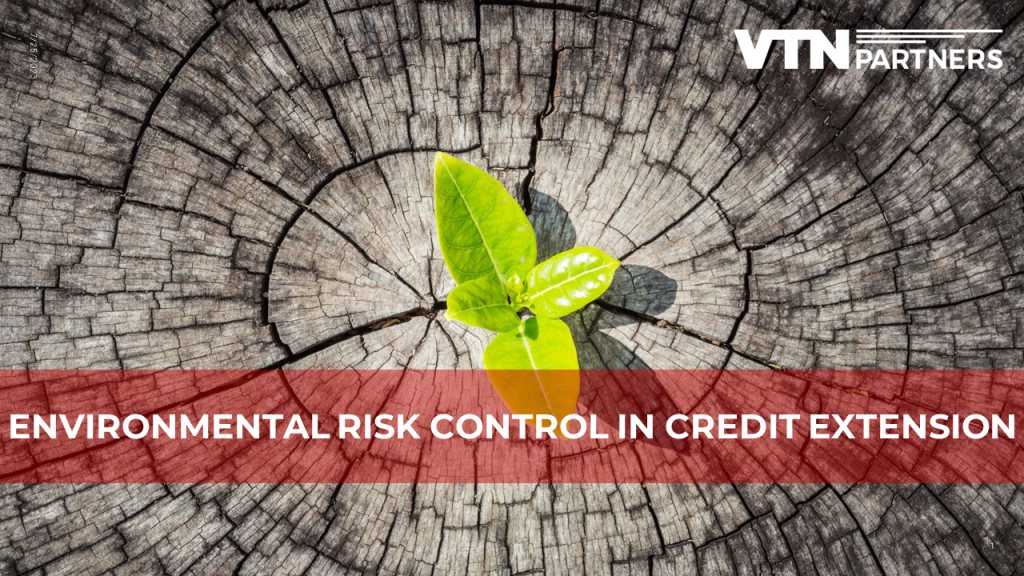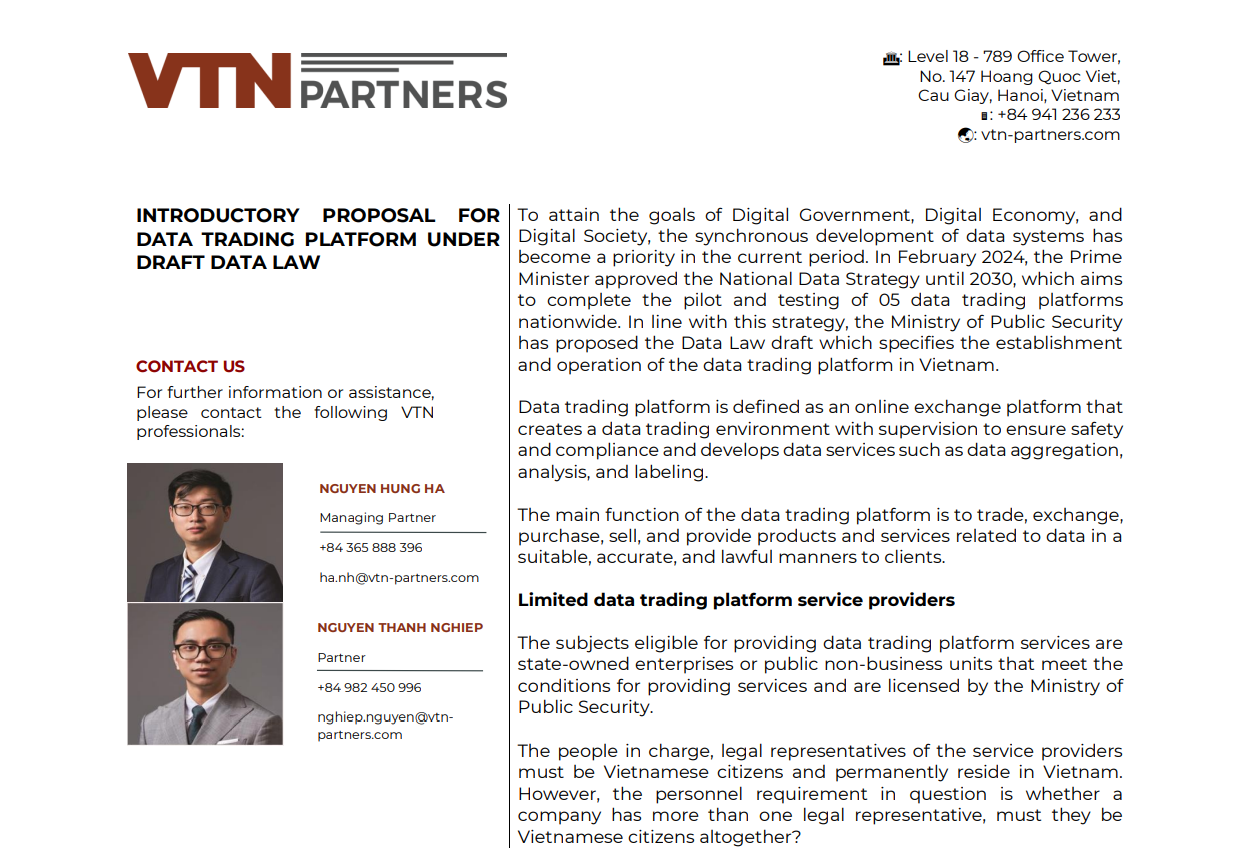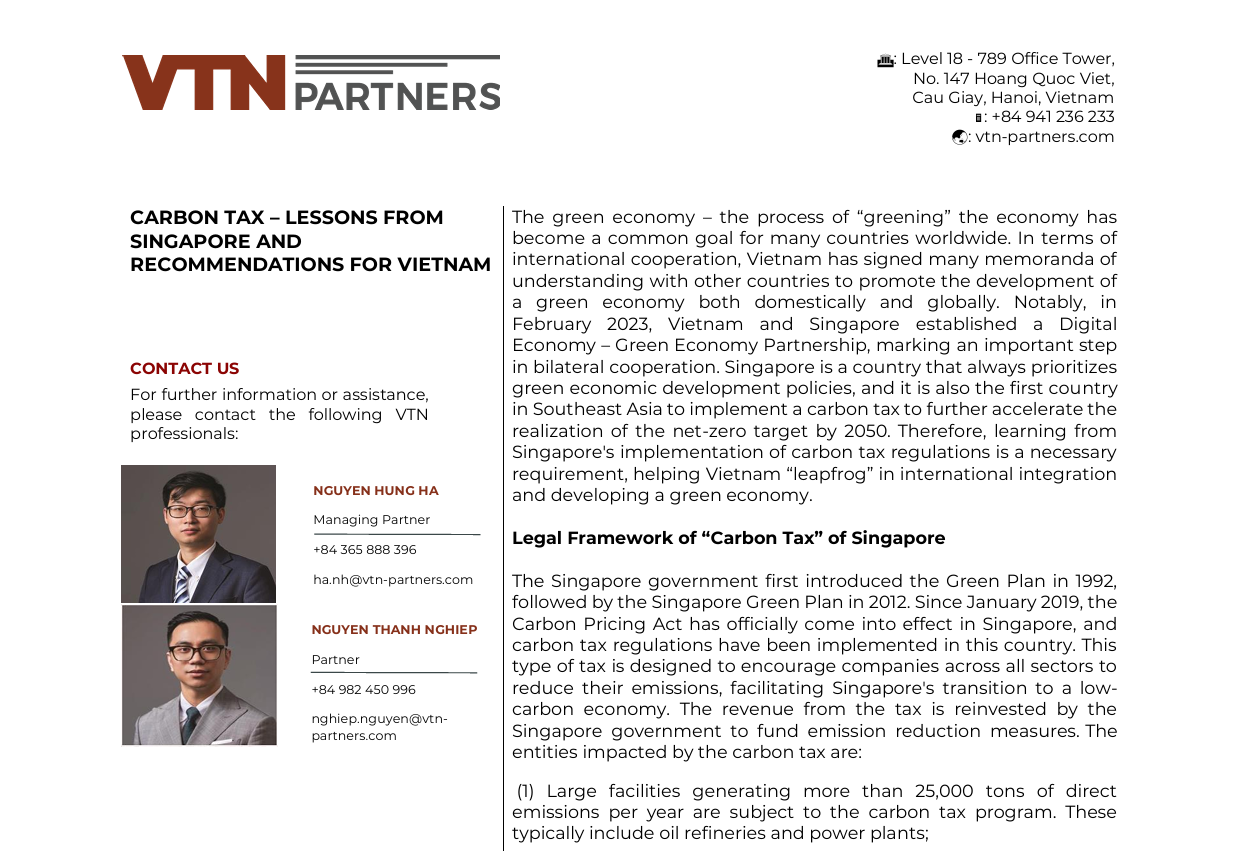Circular No. 17/2022/TT-NHNN (“Circular 17”), emphasizes the importance of environmental risk management in lending activities by credit institutions. The policy is set to take effect as from June 1st, 2023, and it requires credit institutions to control environmental risks associated with certain investment projects. These projects include those that are likely to have significant adverse environmental impacts, those that are likely to have adverse environmental impacts, and those that are likely to have minimal adverse environmental impacts. The specific projects are listed in Annex III, IV, and V of Decree No. 08/2022/ND-CP.
In accordance with the requirements of environmental risk control, credit institutions are obliged to adopt certain principles, including managing environmental risks in accordance with regulations on granting credit and managing credit risks in banking activities, assessing environmental risks to determine credit risks and managing credit risks, conducting access to environmental risks on their own or with the assistance of qualified third parties or other credit institutions, agreeing on mitigation measures with borrowers when valuing environmental risks, and having borrowers provide all necessary information for environmental risk management while being responsible for the accuracy of the provided information.
In addition, credit institutions must develop internal regulations on managing environmental risks for credit-granting activities. These regulations can be integrated into existing internal regulations on granting credit and internal regulations on internal control or developed as independent internal regulations. Internal regulations on environmental risk management in extending credit of a credit institution shall, inter alia, have the following contents:
- Identification and classification of applications for credit extension which require environmental risk assessment;
- Information to be collected to serve the environmental risk management in credit extension;
- Environmental risk assessment in extending credit that is carried out in conformity with the provisions of Circular 17;
- Environmental risk management in extending credit during the consideration, appraisal, approval and management of credit amounts extended;
- Internal reporting obligation on environmental risk management in extending credit.
Circular 17 is an important development in terms of environmental risk management in lending activities by credit institutions and will likely have significant implications for the Vietnamese banking industry. Credit institutions will need to ensure that they have the necessary mechanisms in place to assess, manage, and mitigate environmental risks associated with lending activities.
This post is written by Tran Hue Khanh.








